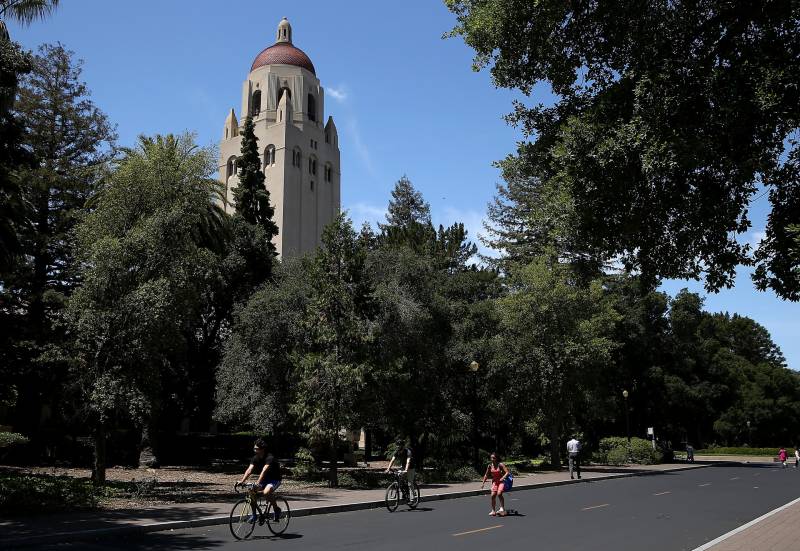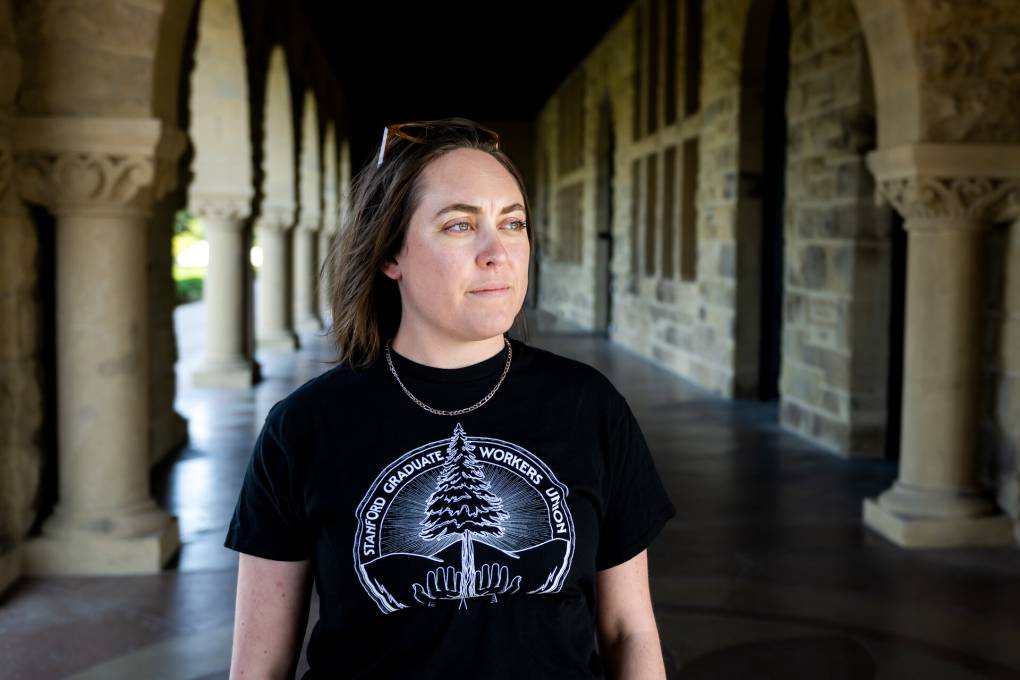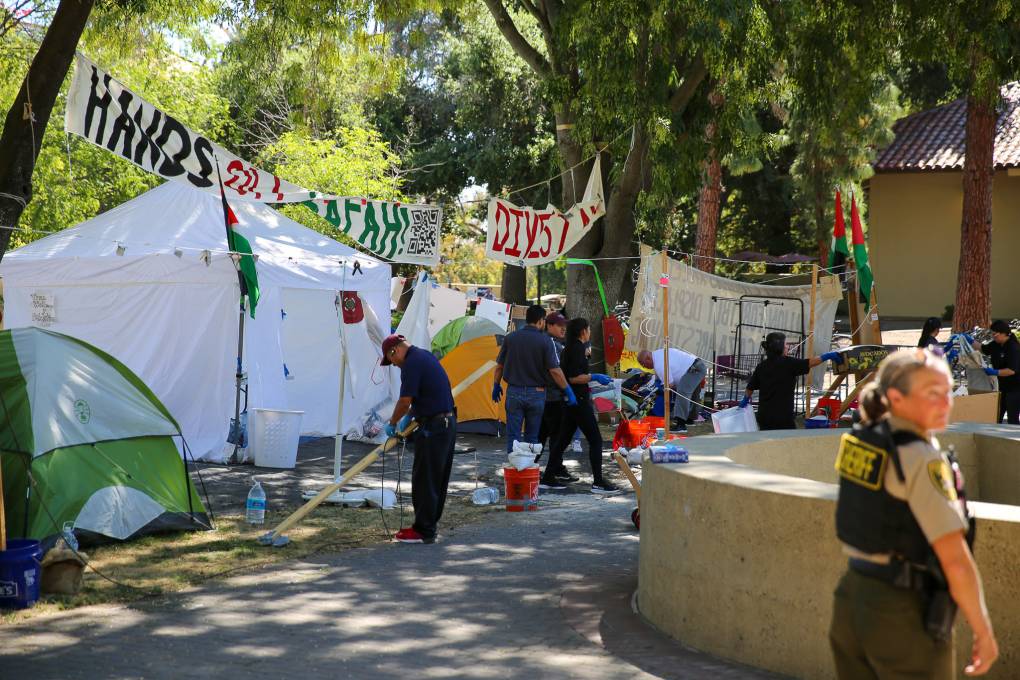Sarah Frisch starts each of her creative writing courses at Stanford University by letting her students know the classroom is a working community.
Stanford can be a difficult, high-pressure space, and Frisch said creative writing courses can be a respite.
“Students read this incredible literature, and they meet people they ordinarily just read about,” Frisch said. “But I think the part that’s really powerful is to see that writers are ordinary people. Writers write within friendships, and they get plugged into that community.”
Now, Frisch and other lecturers worry that the job security and lecturer longevity that make those relationships possible will disappear. During a video meeting last week, Frisch and her colleagues learned the Stanford Creative Writing Program’s nearly two dozen lecturers would lose their current positions over the next two years.



